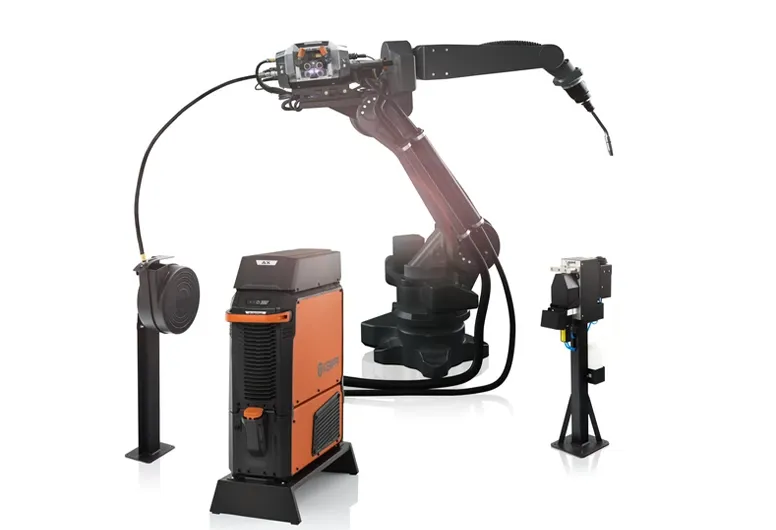MIG MAG welding is one of the gas metal arc welding methods. It is frequently preferred in both manual and automatic systems. The MIG method is especially used for passive metals like aluminum, while MAG is more effective for alloyed materials such as steel.
MIG MAG welding ensures the isolation of the weld pool from external factors through the use of a wire electrode and shielding gas. Thanks to its high welding speed, low spatter rate, and compatibility with robotic systems, it increases efficiency in industrial production. Inert gases like argon and helium are preferred for the MIG method. CO₂ and argon mixtures are used in the MAG method. This welding technique is widely applied in modern production lines and has become a standard solution in terms of high quality and repeatability.
The basic components of the MIG MAG welding system are:

